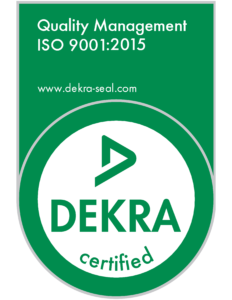How do I set up process limits for ultrasonic welding?
Setting up process limits for ultrasonic welding involves establishing acceptable ranges for various welding parameters to ensure consistent and reliable weld quality. The following steps[…]
What are trigger methods in ultrasonic welding?
The trigger method in ultrasonic welding is the way in which the ultrasonic weld is activated in an ultrasonic welding application. In an ultrasonic welding[…]
What is gating and degating in ultrasonic welding?
Gating and degating are two important steps in the ultrasonic welding process, particularly when dealing with plastic parts. Gating refers to the process of creating[…]
What wattage is available in ultrasonic welding?
The wattage available in ultrasonic welding can vary depending on the specific application and equipment being used. Generally, ultrasonic welding machines can range from low[…]
What are the different types of horns in ultrasonic welding?
In ultrasonic welding, a horn (also called a sonotrode) is used to apply high-frequency vibrations to the parts being welded. There are several types of[…]
How do you determine which ultrasonic welding booster ratio to use?
Determining which booster to use for an ultrasonic application requires some planning. You must amplitude requirement for the material you are welding.
What are the types of horn plating in ultrasonic welding?
When surface marking of a ultrasonically welded part is a concern, ultrasonic horns and nests can be plated to reduce defective parts.
What are the advantages of using ultrasonic welding?
The advantages of using ultrasonic welding are: 1) No consumables 2) Fast cycle times 3) Very accurate 4) Highly repeatable 5) Versatile equipment 6) Parts[…]
What are the advantages of using a higher frequency for Ultrasonic welding?
As the frequency increases, vibration amplitude typically decreases. There are three advantages of using a higher frequency for Ultrasonic welding.
What industries use ultrasonic welding?
The industries listed below utilize ultrasonic welding in their manufacturing processes:

